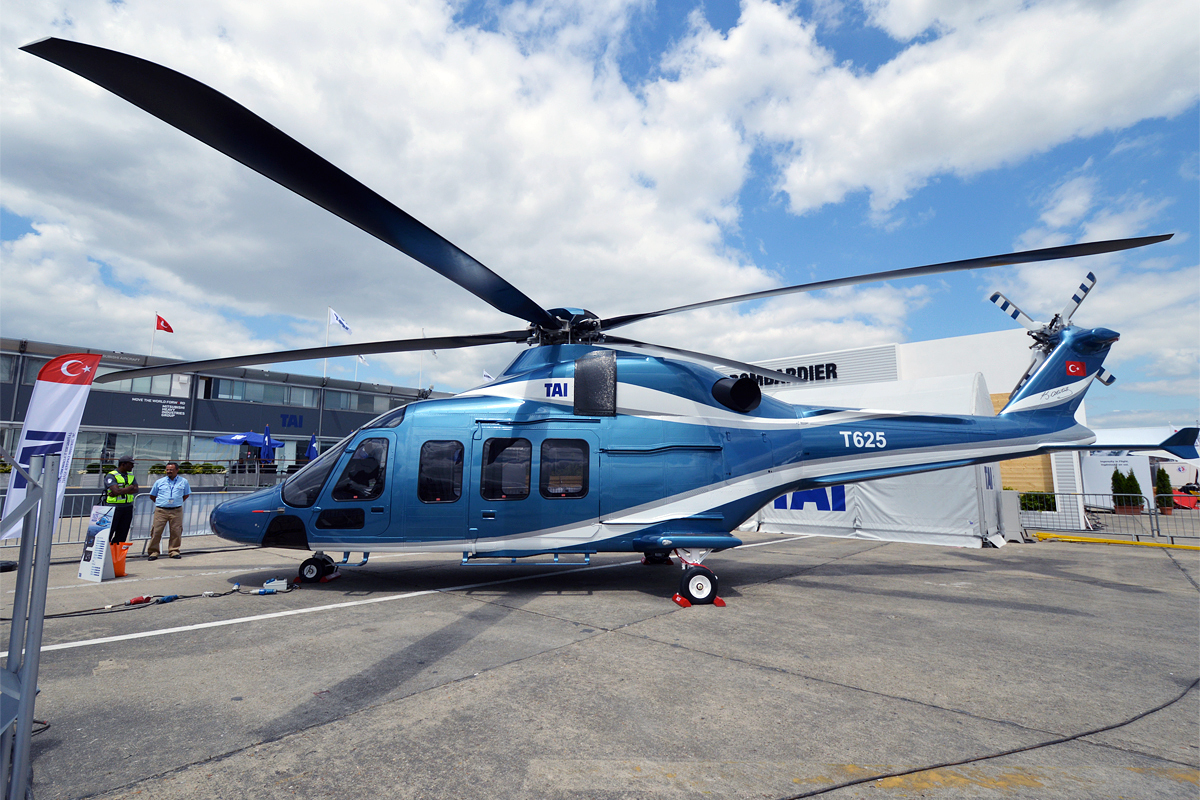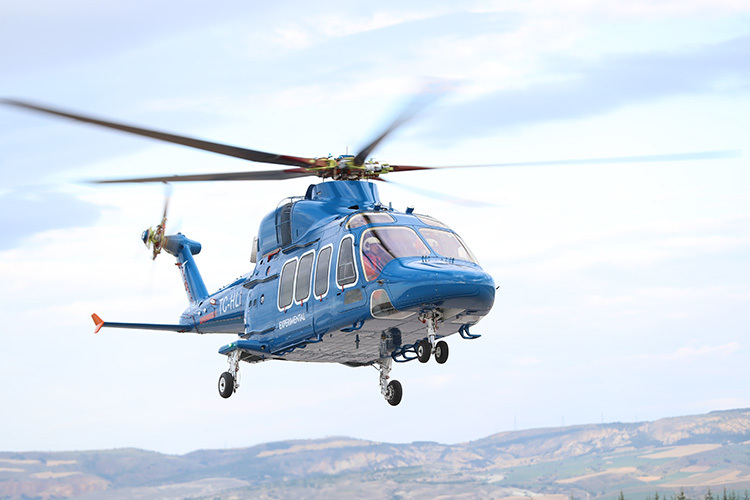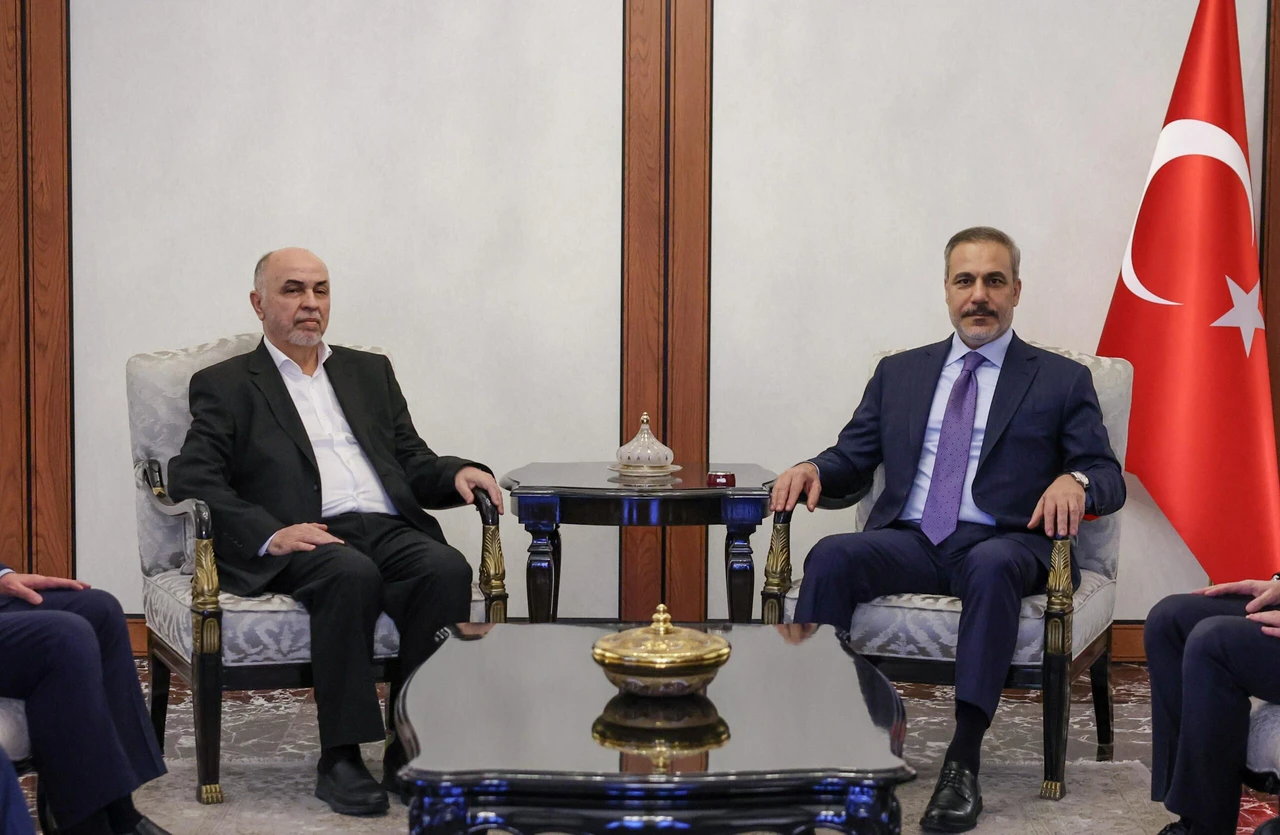Aselsan receives $48.8M order from TAI for avionics equipment supply
 Picture of Golbasi Campus, Ankara (AA Photo)
Picture of Golbasi Campus, Ankara (AA Photo)
Aselsan announced receiving an order worth $48,760,000 from Turkish Aerospace Industries (TAI) for the supply of avionics equipment within the scope of the ‘Original Helicopter Project’ in a statement to the Public Disclosure Platform.
Aselsan’s avionics software development
In 2004, the Presidency of Defense Industries initiated the ARGE2004 project, which began Aselsan’s avionics software development. This project aimed to develop 100% national software that operates on domestic hardware in the aviation field. Subsequently, a mission computer with critical flight displays for pilots was activated.
These computers were first implemented with the Atak Helicopter project and developed domestically in hardware and software.
Aselsan has equipped various platforms with fully indigenous mission computers and avionics systems, including the T-129 Atak Helicopter, T-38 Trainer Aircraft, ANKA Unmanned Aerial Vehicle, HURKUS-B Trainer Aircraft, F-16 Ozgur Fighter Jet, T-70 General Purpose Helicopter and Gokbey Helicopter.
TAI’S recent agreement
Last Tuesday, Aselsan also signed an agreement with TAI.
“Aselsan and TAI have signed a $110 million contract in the defense and space sector,” Aselsan announced in a statement to the Public Disclosure Platform.
T-625 Gokbey: Türkiye’s indigenous multi-purpose helicopter
The T-625 Gokbey is a multi-purpose helicopter designed and developed by Turkish engineers to meet the geographical and climatic conditions of Türkiye, intended for use by the Turkish Armed Forces and in civil aviation. The indigenous helicopter, manufactured at TAI facilities, is expected to replace UH-1 and ambulance helicopters.

The Paris Air Show featured the T-625. In 2010, TAI initiated preliminary design studies for an indigenous multi-purpose helicopter. The 6-ton class multi-purpose helicopter project signed the Original Helicopter Program Contract on June 26, 2013, and the program schedule commenced on September 6, 2013. Spanish Cesa provided the hydraulic systems, while Alp Aviation was responsible for the production and assembly of the landing gear, gearbox and dynamic components.
Initially, expectations were that the T-625 would weigh 5 tons and use two LHTEC CTS800 engines, the same engines found in the TAI T-129 Atak helicopter. However, TEI, a domestic engine manufacturer, began developing the next-generation TS1400 engine.
On September 5, 2014, the “Industrialization of the Indigenous Helicopter” meeting in Ankara marked the first introduction of the helicopter. The T-625 made its prototype flight on September 6, 2018. The General Directorate of Civil Aviation certified the T-625 prototype after it conducted its first fully equipped flight on June 29, 2019. On April 22, 2023, it performed its first test flight with the TS1400 engine.

The T-625 Gokbey is expected to enter serial production in 2023, following the delivery of three units to the Gendarmerie General Command in 2022.
Specifications
The T-625 Gokbey has a crew capacity of two and can seat 12 passengers. It is 15.87 meters (52.1 feet) long and has a main rotor diameter of 13.20 meters (43.3 feet). The maximum takeoff weight is 6,050 kilograms (13,340 lb). Two TEI TS1400 turboshaft engines power it, each producing 1,400 shaft horsepower (1,044 kiloWatt).
The standard fuel tank capacity is 1,020 kilograms (2,250 lb), and an external fuel tank can hold an additional 280 kilograms. The baggage volume is 1.1 cubic meters.
In terms of performance, the T-625 has a maximum speed of 165 knots (306 kilometers/hour) and a cruise speed of 150 knots (280 kilometers/hour). Its range is 400 nautical miles (740 kilometers), extendable to 512 nautical miles (948 kilometers) with an auxiliary fuel tank.
The endurance is 3.8+ hours, but it can be extended to over 5 hours with an auxiliary fuel tank. The service ceiling is 20,000 feet (6,100 miles).
The T-625 features an Aselsan glass cockpit with two large touchscreen Integrated Mission Displays (8×20 inches) and two touchscreen data entry Command Control Units (8×10 inches).
It includes a four-axis dual-redundant automatic flight control system, designed for IFR and VFR single-pilot operations, night operations, and flights in known icing conditions. The Turkish Presidency of Defense Industries has reported numerous patents for various subsystems used in the T-625.



